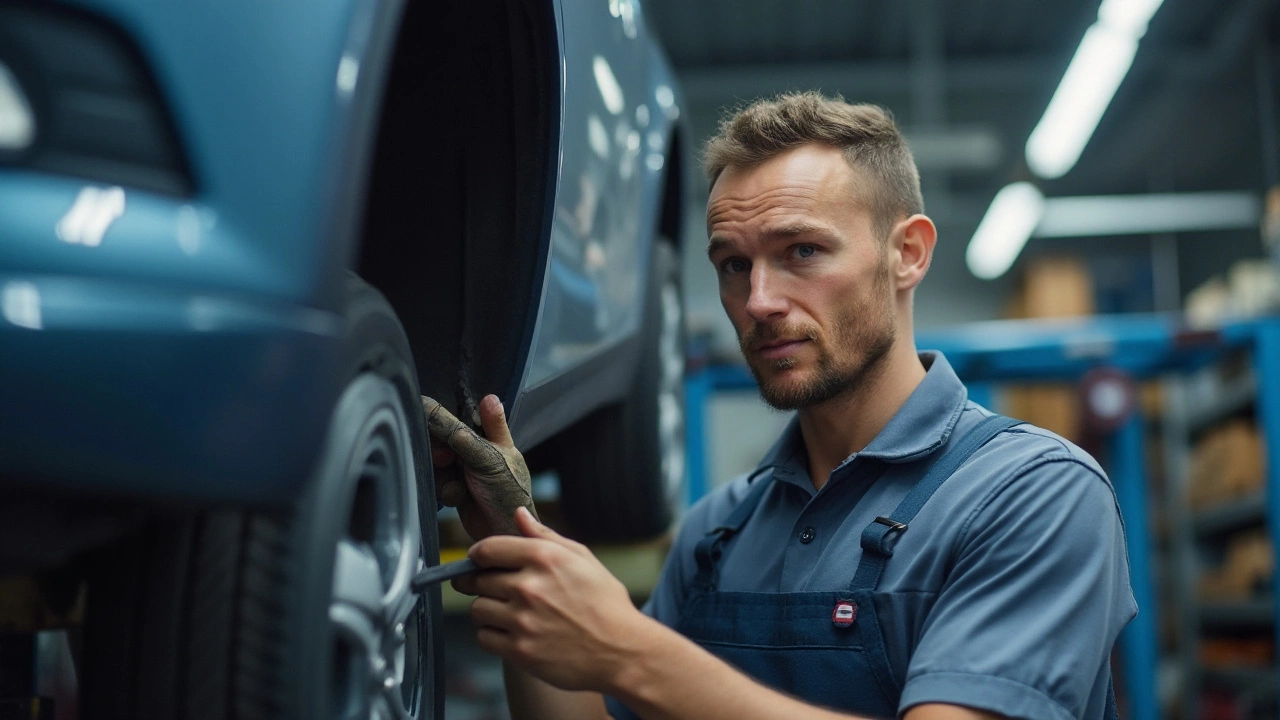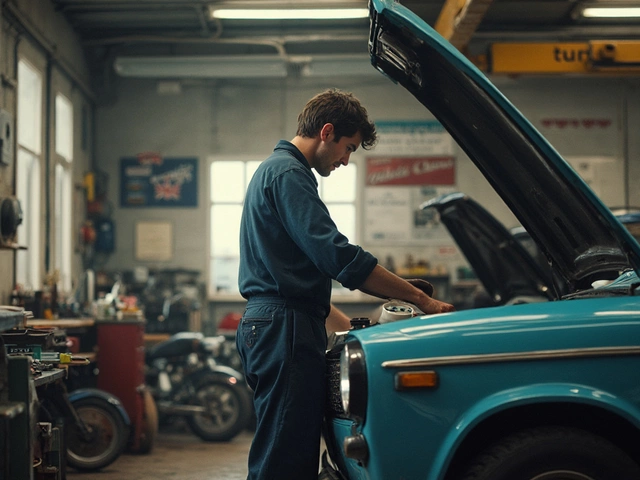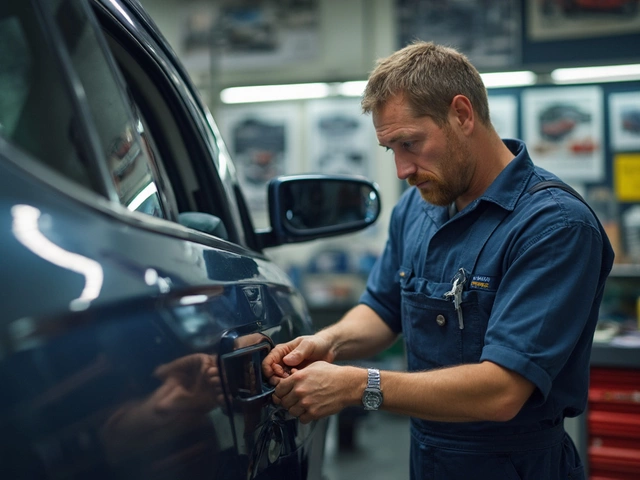Loose Parts: Spot the Problem and Fix It Fast
Ever felt a wobble, a squeak, or a strange vibration while driving? Chances are a part is loose. Loose components can turn a simple ride into a safety hazard, but catching them early saves money and hassle.
Common Loose Parts and Warning Signs
Rear brake pads are a frequent culprit. If you hear a high‑pitched squeal when braking, the pads may have shifted. Changing only the rear pads can work, but make sure the front ones are still solid.
The clutch is another area to watch. A burning smell or a slipping feeling often means the clutch disc is not seated correctly. Driving with a bad clutch can damage the flywheel, so don’t ignore the signs.
Suspension parts love to loosen after a hit. A bent suspension or worn shocks will make the car pull to one side, create uneven tire wear, and make every bump feel like a jump. Look for clunking noises when you go over potholes.
Even something as small as a rear windscreen wiper can cause trouble. In the UK, removing it may break MOT rules and lead to fines. If the wiper arm feels loose, tighten the bolt or replace the mount.
Alloy rims don’t rust, but corrosion can appear at the bolt holes. Loose wheel nuts cause the rim to wobble, which feels like a vibration in the steering wheel. Always torque them to the manufacturer’s spec.
DIY Steps to Secure Loose Parts
Start with a visual check. Open the hood or wheel well and look for bolts that are missing, stripped, or visibly loose. A quick tighten with a proper wrench can solve many issues.
Use a torque wrench whenever possible. Over‑tightening can strip threads, while under‑tightening leaves the part loose. Follow the torque values listed in your car’s manual—most are between 80‑120 Nm for suspension bolts.
If you’re dealing with brake pads, remove the caliper, check the pins, and apply a small amount of high‑temperature grease. Re‑install the pads, then pump the brake pedal a few times to seat them properly.
For a clutch that smells burnt, inspect the release bearing and pressure plate. If any component feels gritty or moves more than a millimeter, replace the whole kit. It’s a bigger job, but it prevents a total failure.
When fixing suspension, look for cracked bushings or broken shock mounts. Replace any damaged part, then double‑check the alignment. A misaligned car will wear tires faster and feel unstable.
Finally, give the wheel nuts a proper star‑pattern tightening after any wheel work. That spreads the clamping force evenly and stops the rim from loosening while you drive.
These quick checks and fixes cover most of the loose‑part problems we see at Northwich Tyres Centre. If you’re not comfortable tackling something yourself, swing by the shop. Our team can diagnose, tighten, or replace any component to keep you safe on the road.
 16 January 2025
16 January 2025
Ensuring Vehicle Safety: How to Check for Loose Suspension Parts
Checking suspension parts regularly is crucial for safety on the road. This guide helps you identify signs of loose suspension and offers a step-by-step method to inspect components at home. By understanding common symptoms and using simple tools, you'll be equipped to maintain your vehicle’s performance. Staying proactive in vehicle maintenance can prevent costly repairs and enhance safety.
Latest Posts
-

Signs Your Brake Pads Need Replacement: A Comprehensive Guide
-

Can Bad Suspension Affect Your Engine?
-

How Often Should You Change Your Whole House Air Filter for Best Performance?
-

How Long Does It Take to Replace a Radiator? Expert Breakdown for Car Owners
-

Engine Oil 101: Can I Put New Oil on Top of Old Oil?

0